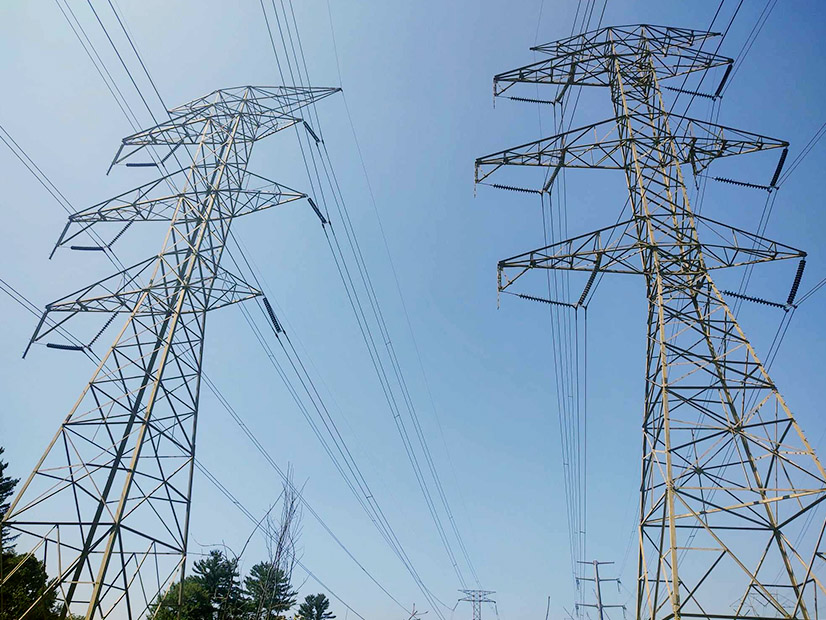FERC partially granted two challenges arguing that AEP subsidiaries in SPP and PJM had not properly reflected the benefits of filing consolidated tax returns in their 2021 formula rates.
FERC on Jan. 18 partly granted two formal challenges against AEP utilities arguing that benefits from filing consolidated tax returns were not properly reflected in the utilities’ 2021 formula rates in SPP and PJM.
The challenge to the rates filed by AEP subsidiaries in SPP — AEP Oklahoma Transmission and AEP Southwestern Transmission — argued that AEP’s calculation of accumulated deferred income taxes (ADIT) inflated the annual transmission revenue requirement (ATRR) in its 2021 rates by around $22 million. That complaint also argued that AEP incorrectly designated several expenses as falling into the ADIT bucket, increasing the net operating losses that can be used to offset income in future tax years.
The SPP challenge was jointly submitted by Arkansas Electric Cooperative Corp., East Texas Electric Cooperative, Northeast Texas Electric Cooperative and Golden Spread Electric Cooperative. (ER17-405, ER18-194.)
In PJM, several electric cooperatives submitted a challenge arguing that the ADIT calculation inflated the ATRR by $55.9 million.
The PJM challenge was jointly filed by American Municipal Power, Blue Ridge Power Agency, Indiana Municipal Power Agency, Mishawaka Utilities, Old Dominion Electric Cooperative and Wabash Valley Power Association against rates detailed in the annual update submitted by AEP Appalachian Transmission, AEP Indiana Michigan Transmission, AEP Kentucky Transmission, AEP Ohio Transmission and AEP West Virginia Transmission.
FERC’s Jan. 18 order found that AEP’s approach of including net operating loss carryforward ADIT as deferred tax inputs to its rate base did not pass the “benefits and burdens” test, which requires that tax benefits resulting from expenses paid by ratepayers be assigned to those ratepayers. The commission found that by not accounting for the benefits of filing consolidated tax returns in the net operating loss carryforward, AEP had calculated inflated ADIT input adjustments that resulted in higher transmission rates.
AEP argued that the benefits of filing consolidated tax returns do not result from a burden to ratepayers and therefore should not be assigned to them.
The challenge to rates filed by AEP’s SPP subsidiaries disputed several expenses the utility included in Account 928, which is meant to record regulatory commission expenses. The commission denied the challenge in part, finding that in most cases, AEP had properly explained the expenses, but required compliance filings within 60 days to provide more detail on others, such as the use of the allocation of fees to transmission using a gross plant allocator.
The challenge to the AEP subsidiaries in PJM argued that the utilities also improperly included ADIT assets in its rate base that were the result of over-recovered ratepayer funds. The commission granted the challenge, finding that “because the underlying refund amounts associated with the ADIT asset recorded in Account 190 are not included in rate base, the associated ADIT asset and excess or deficient ADIT should not be included either. The related ADIT must be excluded if the associated refund amounts are excluded from rate base.”
The commission’s order required AEP to submit a compliance filing within 60 days that details the calculations for the formula rate billings in the 2020 and 2021 annual updates and issue refunds for any improperly collected revenues. It also directed AEP to submit a compliance filing explaining how it includes ADIT related to contributions in aid of construction (CIAC) in its formula rate.


